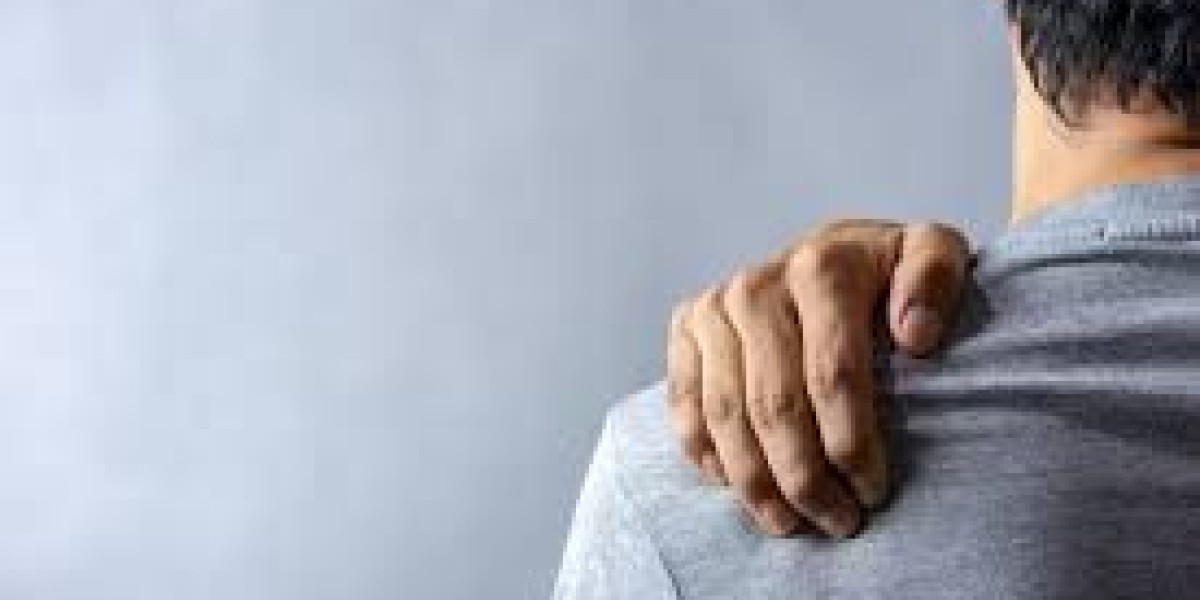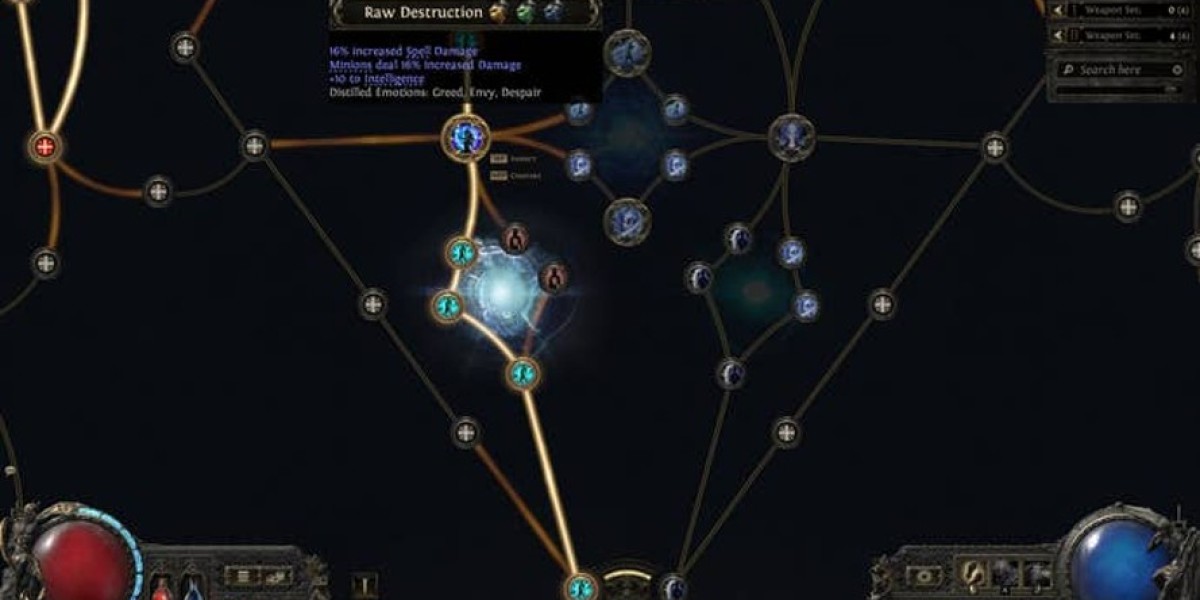Our bodies are constantly transmitting messages. Sometimes they are small, such as fatigue or stiffness. Sometimes they manifest as more visible discomfort. Although most of us experience occasional aches and pains, chronic or localized discomfort can indicate a more serious issue.
This article discusses numerous types of pain, particularly back and right-side discomfort. Your body may be attempting to get your attention for a purpose, whether it's persistent discomfort, sudden acute twinges, or ongoing stress.
Pain in your upper or lower back
Back pain is one of the most common physical ailments, affecting people of all ages. Anything from underlying medical conditions to poor posture and stress could be the culprit.
Upper back pain can be associated with:
Long hours at a desk induce muscle strain.
Poor sleeping techniques
Joint inflammation in the rib region.
Referred pain that comes from organs like the gallbladder
Lower back pain, on the other hand, can be caused by
Herniation, or disc degeneration.
Pressure on the sciatic nerves
Kidney stones or infections
Weak central muscles or poor lifting technique
When pain is concentrated on one side, particularly the right, one should consider both musculoskeletal and organ-related options.
Discomfort in your right side
If you have an aching or acute discomfort on the right side of your torso, the cause could range from digestive issues to muscle tension. Extra symptoms, such as changes in bowel motion, nausea, or fever, should be monitored closely.
Several such reasons include
Liver or gallbladder issues – Problems with the liver or gallbladder could cause right upper quadrant pain due to gallstones or inflammation.
Appendicitis – Usually begins near the abdominal button and progresses down the lower right side.
Kidney infections – Can cause radiating soreness in the groin or back.
Gas and bloating – Can be extremely unpleasant and resemble more serious conditions.
If you're not sure, this piece on the causes of right-side and back pain offers a more in-depth look at specific organ symptoms.
When both areas hurt at once
Some people have both right-side soreness and back pain. Typically, these symptoms are connected.
In particular:
Gallbladder attacks A gallbladder attack can cause significant discomfort under the ribs that radiates to the shoulder or back.
Pain from kidney stones or infections typically spreads from the side of the torso to the lower back.
Muscle imbalances One side of the body may become unpleasant due to muscle imbalances caused by repeated one-sided strain.
Eating, movement, and even stress can all cause varying degrees of pain. This is why it is critical not to ignore ongoing discomfort, especially when rest or self-care do not assist.
Digestive issues and abdominal pain
Our digestive system has a significant impact on our physical well-being. Gas, constipation, or inflammation in the gastrointestinal tract can cause sharp or dull pain on one side of the abdomen or back.
Regular offenders include
Syndrome of irritable bowel (IBS)
Food sensitivities.
Gas buildup
Inflammation caused by conditions like Crohn's illness
When a right-side reaction is essentially a digestive reaction, right-side discomfort after meals can be misinterpreted as muscular pain. Monitoring your symptoms and eating patterns will help you identify triggers.
If symptoms become persistent or worsen over time, it’s best to consult your doctor. You can also explore this detailed breakdown of pain in the right side of your back to better understand when to seek medical advice.
When to seek medical attention
Although not every pain or twinge is cause for alarm, you should not ignore some red flags. If you find yourself in a position like this:
Pain strikes abruptly and strongly.
It was associated with fever, nausea, and vomiting.
You exhibit changes in bowel movements or pee.
One has difficulty breathing.
Either discomfort worsens over time, or it never goes away.
These could be signs of infection, organ inflammation, or internal abnormalities that require immediate attention.
Everyday habits that may be contributing
Lifestyle decisions can occasionally cause ongoing physical pain. Here are some typical explanations:
Bad posture, whether at work or while using devices
Insufficient physical activity causes muscle tightness.
Sleeping postures that stress the ribs or the spine
Anxiety and stress promote shallow breathing and muscle tension.
Repetitive motions from work or exercise activities
Musculoskeletal pain can often be reduced or eliminated by taking frequent pauses, stretching, and doing core-strengthening exercises. Hydration, balanced meals, and relaxation activities all help to improve your body's overall comfort and function.
Conclusion
Pain is often your body's method of communicating that something needs to be addressed. Although minor annoyances are easily overlooked, persistent pain, particularly on the right side or back, warrants further investigation. Understanding the potential causes and trends underlying your symptoms can help you make better decisions about your health and whether to see a doctor.
Whether it's muscular, organ-related, or anything else, don't ignore what your body is telling you. Prevention, awareness-raising, and quick treatment can all contribute to real change.








